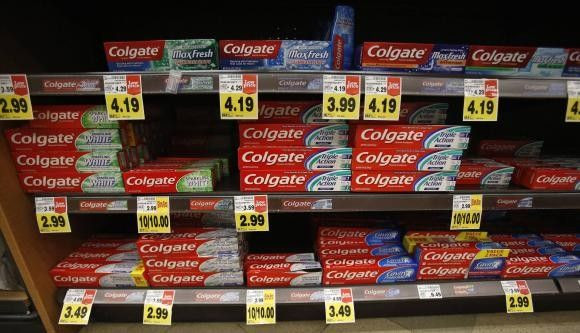Colgate Total: The Only Absolutely Safe Toothpaste Approved by FDA That Treats Gingivitis and Plaque and Doesn't Cause Cancer

A report that a certain chemical in Colgate Total, one of the best-selling toothpaste in the world, causes cancer that is neither based on facts nor science, noted Fox News.
Colgate Total contains 0.3 per cent of triclosan, the perfect level after which it has to be declared to the Australian department of health's chemicals notification and assessment scheme.
The US Food and Drug Association, European, Canadian and Australian health authorities, the American Dental Association and many other dental organizations has approved Colgate Total as being safe.
Colgate Total was fighting against plaque and gingivitis for about 75 years now. In the US, 75 per cent of the people are facing gum disease and Colgate Total helps prevent or attack the microorganisms that result in gingivitis to avoid peridontal disease and tooth loss.
An independent review conducted by the Cochrane Oral Health Group came out with the conclusion that the use of Colgate Total for six months or more helps reduction in plaque and gingivitis by 22 per cent, in plaque severity by 41 per cent and in gum bleeding by 48 per cent, when being compared to traditional flouride toothpaste.
Another important benefit of Colgate Total is that it provides an anti-bacterial protection and anti-inflammatory action. Science was showing that oral health is linked to overall health and Colgate that was successful in promoting it.
Clinical studies, to evaluate the safety of Colgate Total have showed that it is absolutely safe in addition to providing important health benefits. Colgate is the most tested and reviewed toothpaste and they have been cooperative by sending in suggestions and new ideas to the FDA.
Professor of Dental Science at the University of Queensland, Laurie Walsh, said that untreated gum diseases can cause major effects and that it is important to balance potential of harm against a known good. She continued that when triclosan is present in handwash, since one spreads it around a wide area, it gives a chance to be absorbed; whereas in the case of brushing, it is in the specific area for a very short period of time.




















